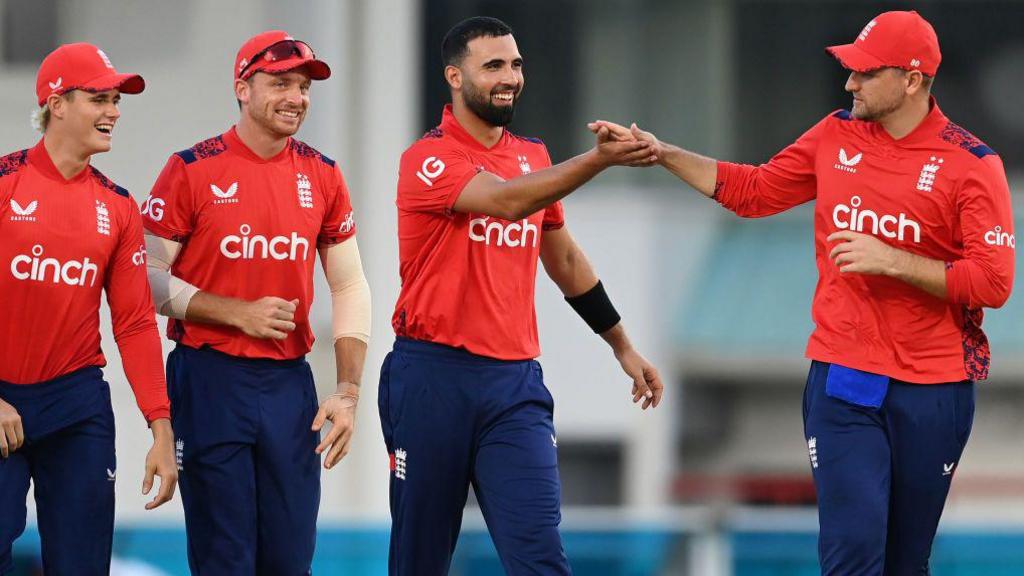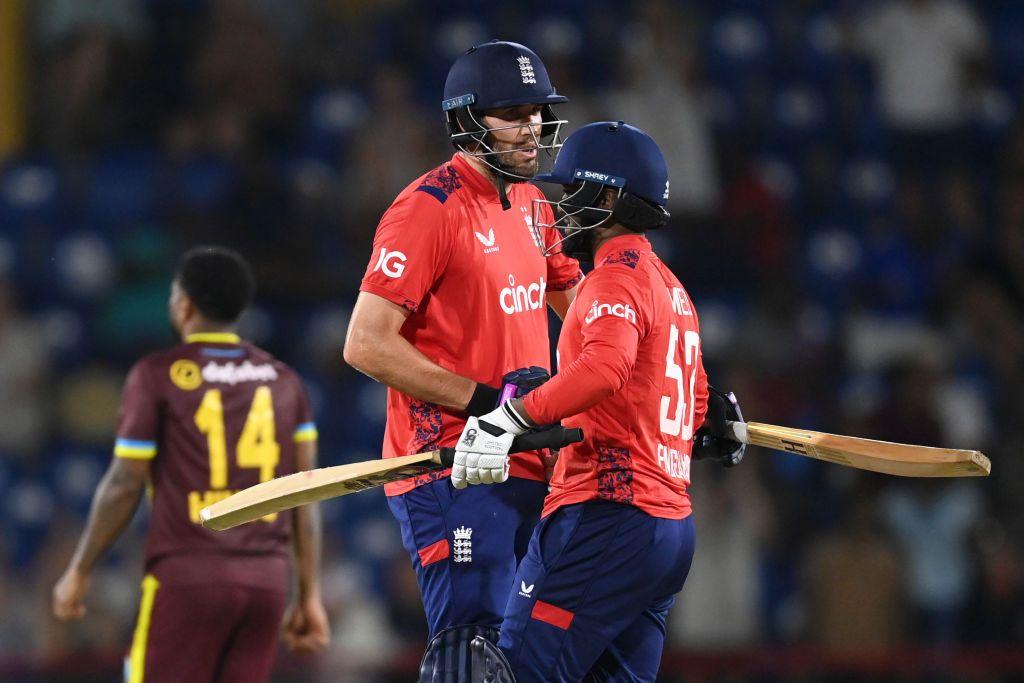The cricket rivalry between England and the West Indies is one of the most storied in the sport, dating back to the late 19th century. The first Test match between the two nations occurred in 1928, marking the beginning of a competitive relationship that has yielded numerous memorable contests. Initially, England dominated early encounters, achieving notable victories in the inaugural series by whitewashing the West Indies 3-0[1][6].
As the West Indies began to develop their cricketing capabilities, the dynamics started to shift. The team slowly emerged as a competitive force throughout the mid-20th century, culminating in memorable series and matches that shaped the narrative of their rivalry.
The Rise of West Indies Cricket

The 1970s and 1980s are often regarded as the golden era for West Indies cricket. Under the leadership of legendary players such as Clive Lloyd, Viv Richards, and Joel Garner, the West Indies established themselves as the premier team in the world. They not only dominated England but also the global cricketing landscape. Their fast bowling attack, often referred to as the 'fearsome foursome,' terrorized batsmen globally[2][4].
Key moments during this period include the 1976 Test series, where the West Indies won decisively, and the 1984 series, where they completed a clean sweep with a 5-0 victory over England[6][10]. This period solidified the West Indies' status as a cricketing powerhouse, with the team also winning two World Cups in 1975 and 1979.
Shifts in Power and Competitive Contests

Despite the West Indies' dominance, England worked hard to regain their competitive edge. The early 1990s were marked by England's resurgence, with the team winning various Test matches and series against the West Indies. This included a series in 1991 that saw closely contested matches, highlighting the competitive spirit between the two nations[6][9].
The rivalry continued to evolve into the new millennium, with both teams experiencing highs and lows. England's 2000 Test series victory against the West Indies marked a significant turning point, demonstrating that they could compete with the once-dominant West Indies[3][4].
Notably, the 2004 and 2007 Test series saw England achieve significant victories, further challenging the West Indies' historical supremacy, concluding with 4-0 wins in both series[10][11].
Recent Developments and Modern-Day Context
In more recent years, the competitive landscape has shifted again. England has embraced a more aggressive style of play, particularly in limited-overs formats, culminating in their victory in the 2019 Cricket World Cup, which prominently featured encounters against the West Indies during the tournament[2][8].
The revival of West Indies cricket in limited-overs cricket is evident with their successes in T20 competitions, where they have showcased their explosive batting capabilities. Famous players such as Chris Gayle and Kieron Pollard have redefined the limits of batting in T20 formats, making the West Indies a formidable opponent[3][6].
Cultural and Historical Significance

The rivalry between England and the West Indies extends beyond mere statistics and results; it reflects deep historical and cultural connections. The early matches symbolized the colonial relationship between England and its Caribbean territories. Over the years, cricket has served as a unifying sport within the Caribbean community, while also highlighting the struggles and triumphs faced by West Indian cricketers against the backdrop of racial and social issues[2][4].
This critical historical context gives depth to the continued rivalry, with each match representing not only a battle for supremacy on the cricket field but also a reflection of the social and political nuances between the two nations.
Conclusion
The England vs. West Indies cricket rivalry embodies a rich tapestry of sporting excellence, cultural significance, and memorable moments. As both teams continue to evolve, with England often leading in modern formats and West Indies demonstrating flashes of their historical prowess, the rivalry promises to remain a thrilling spectacle for cricket fans around the globe. Each encounter bears the weight of history while also shaping the future narrative of cricket, ensuring that this rivalry remains one of the most engaging in the sport's rich history[4][5].
Get more accurate answers with Super Search, upload files, personalized discovery feed, save searches and contribute to the PandiPedia.
Let's look at alternatives:
- Modify the query.
- Start a new thread.
- Remove sources (if manually added).
- Request a manual search from our human research team.